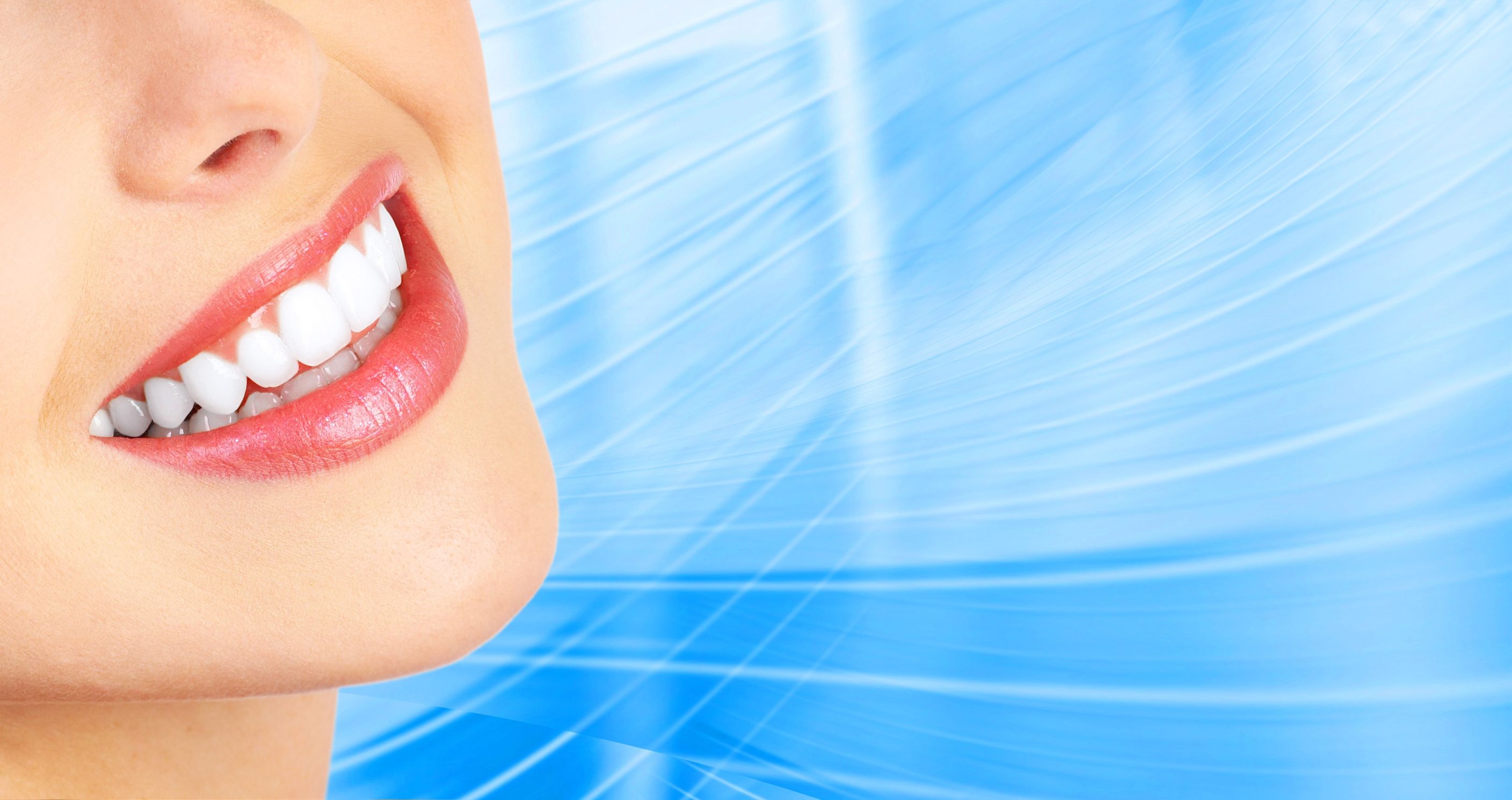Lead has historically been recognized as the most effective way to shield and contain radiation. This is not a new use of the product and, in fact, very shortly after the discovery of radiation in the late part of the 1890 lead came into use in various forms to protect those exposed to radiation.
Today, there are several options in lead shields for radiology. Generally, the lead has some alloying metal used, which can include copper and tellurium, but in the majority of the alloys, over 99%, will be lead.
Properties of Lead
For any types of lead shields for radiology, the properties of lead make it an ideal choice for the application. It is very soft and malleable, which makes it easy to roll and extrude. This allows for the relatively easy production of sheets or plates of lead that are uniformly dense and free from any voids that may limit radiation containment in those areas.
Additionally, lead is naturally highly corrosion resistance. This is important in applications where the lead blocks, sheet, or plate may be exposed to moisture or chemicals that could, over time, result in a decrease in radiation protection if corrosion was an issue.
The density of lead, which is 11.34 grams per cubic centimeter, allows the lead to effectively stop the x-ray and gamma radiation. The thickness of the lead selected for the specific application will be critical in developing complete protection of those in the area where exposure is a possibility.
Preventing Exposure to Lead
Of course, lead exposure, particularly in the form of dust or residue, is also a concern. By covering the lead shields for radiology or using lead treated with epoxy or powder coat, the risk of lead exposure can be virtually eliminated, allowing for a very safe, effective and customized level of radiation protection in any radiology room or facility.







